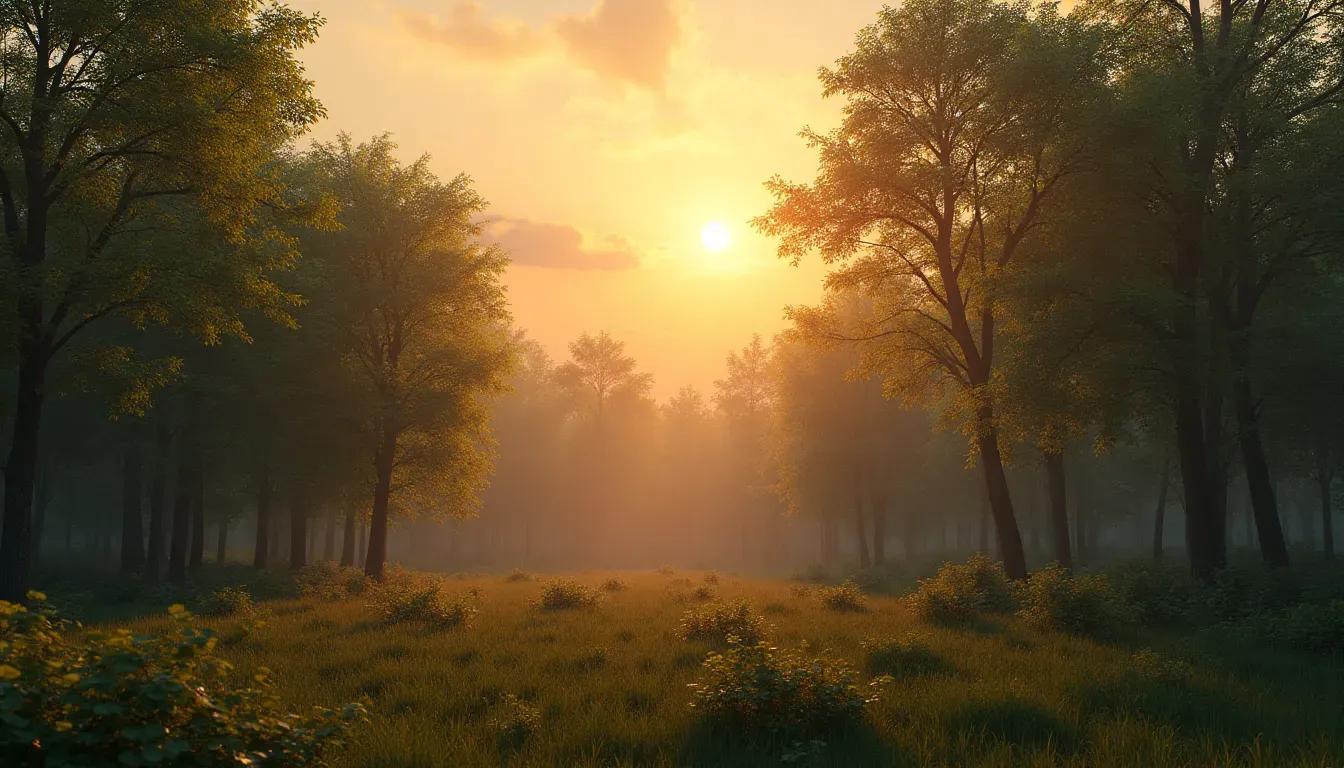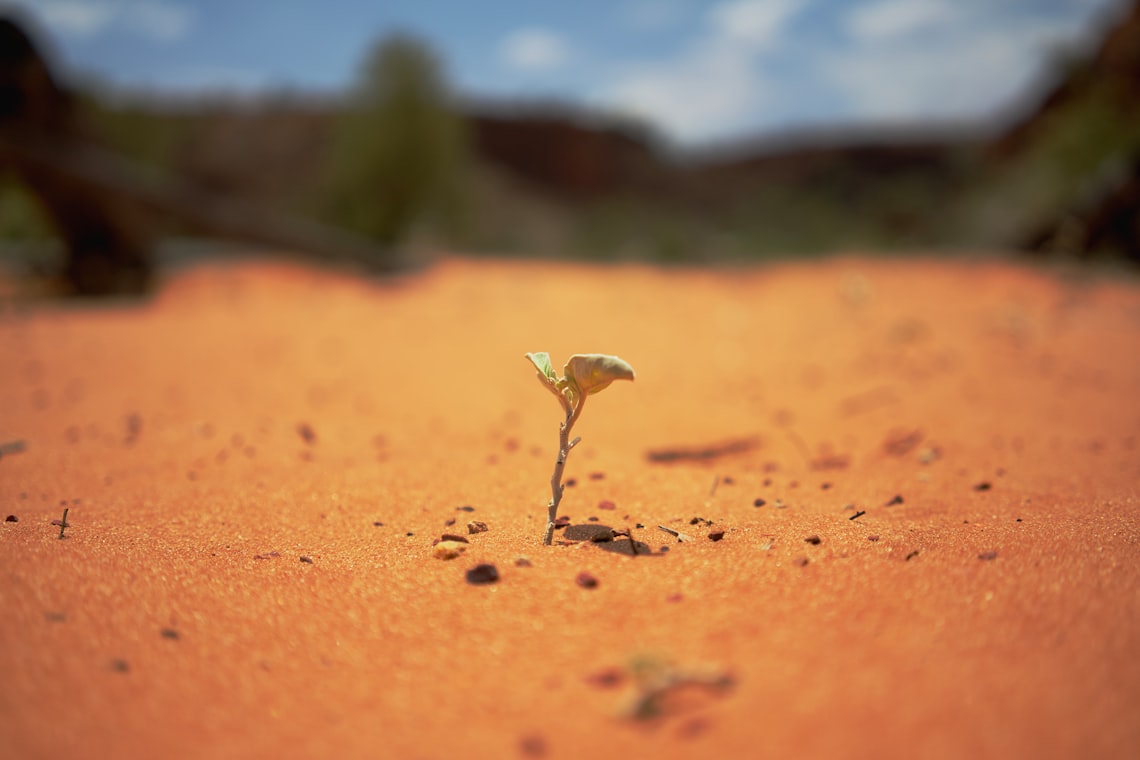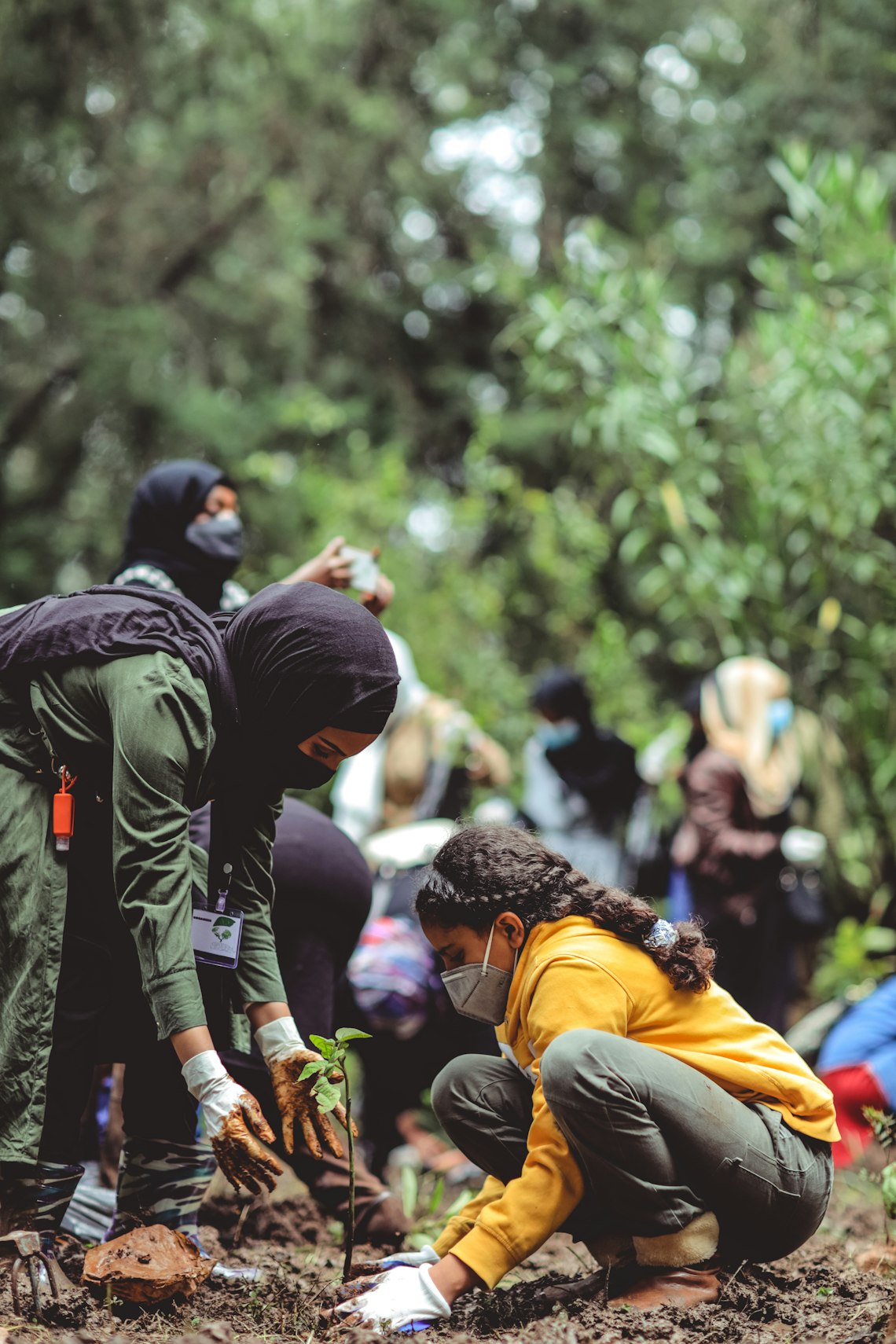As daylight breaks over the verdant landscapes where majestic trees sway gracefully, the true essence of planting native tree species becomes clear. These trees, often silent witnesses to history, play an integral role in environmental conservation and the development of sustainable ecosystems.
The Role of Native Tree Species
Amidst a world burgeoning with environmental challenges, the emphasis on planting native tree species has never been more critical. These trees, adapted to local climates, flourish naturally without requiring excess resources, thus promoting biodiversity preservation. Unlike non-native species, native trees support local wildlife, serving as reliable food sources and habitats.
Benefits to Sustainable Ecosystems
Sustainable ecosystems thrive on balance, where each species, from the smallest insect to towering trees, plays its part. Native tree species contribute significantly to this equilibrium by:
- Reducing water consumption due to their adaptation to the local climate
- Enhancing soil quality by cultivating a robust root system
- Providing native wildlife with essential food and shelter
Through these contributions, native trees foster a strong foundation for sustainable ecosystems, ensuring the survival and prosperity of various plant and animal species.
Environmental Conservation and Climate Resilience
With climate change altering weather patterns and ecosystems, the importance of planting trees that can withstand such challenges becomes apparent. Native tree species possess the resilience to survive harsh conditions, aiding in environmental conservation efforts. These trees help to combat soil erosion, improve air quality, and absorb carbon dioxide, making them vital players in the fight against global warming.
Biodiversity Preservation and Local Communities
Biodiversity preservation is not just a buzzword but a call to action, one that native trees personify beautifully. They create avenues for educational opportunities and awareness within local communities. Engaging communities in planting trees promotes a connection with nature, fostering a sense of responsibility toward the environment.
Local initiatives often link tree planting with community events, creating a culture of stewardship and conservation. These efforts are crucial as they enable the transfer of knowledge, ensuring future generations understand the importance of biodiversity preservation.
Conclusion: Nurturing Tomorrow's Forests
The narrative of planting trees in pursuit of green, sustainable futures is incomplete without emphasizing the planting of native tree species. These trees are not just part of the landscape; they are the keystones of thriving ecosystems. By dedicating efforts to environmental conservation through the planting of native trees, we are sculpting a sustainable future.
In your pursuit of nurturing tomorrow's forests, consider exploring related topics like urban forestry and wildlife habitat preservation. These subjects offer further insight into how our collective actions can lead to a more balanced and biodiverse world.




